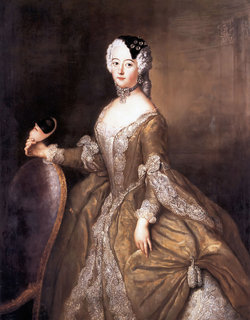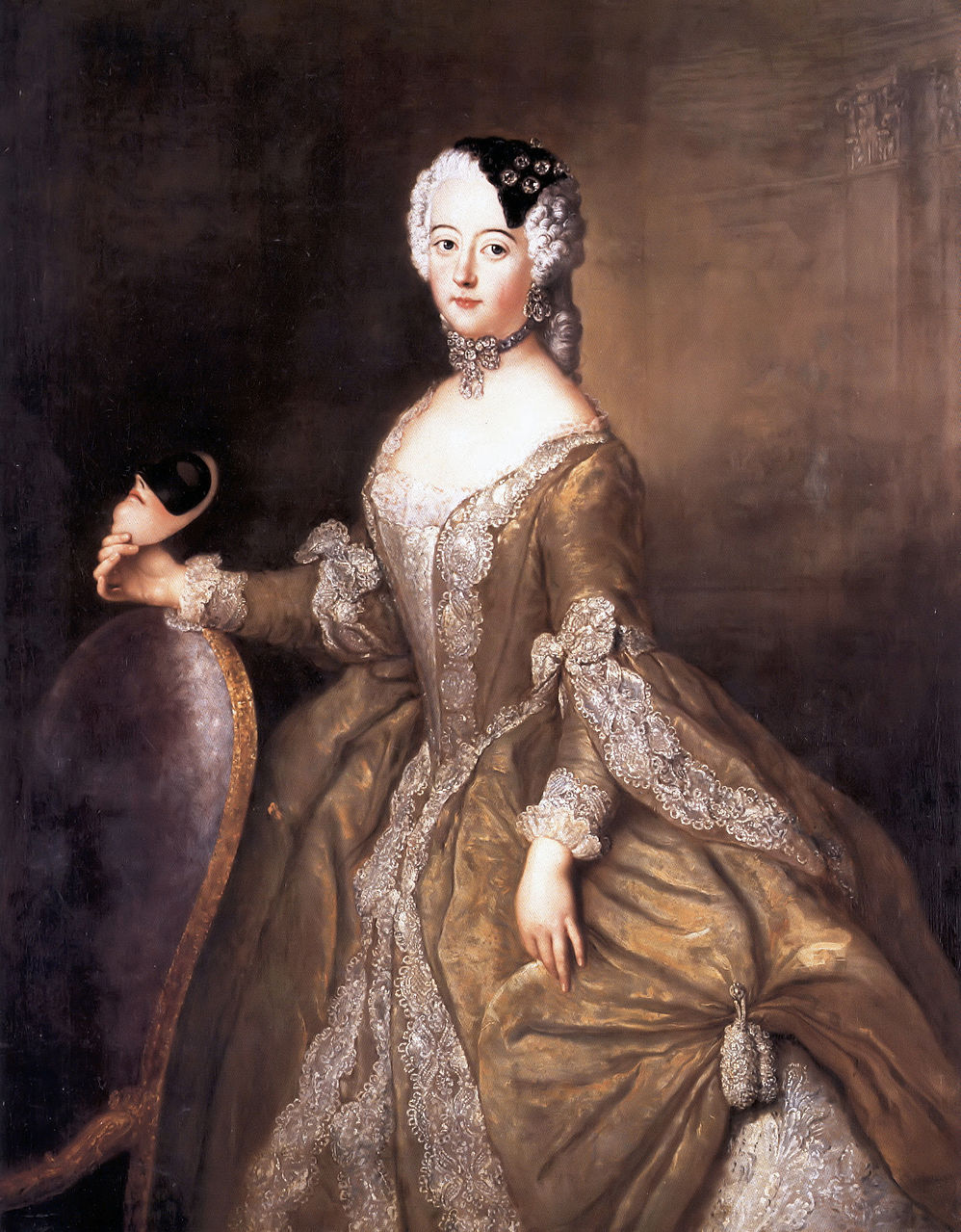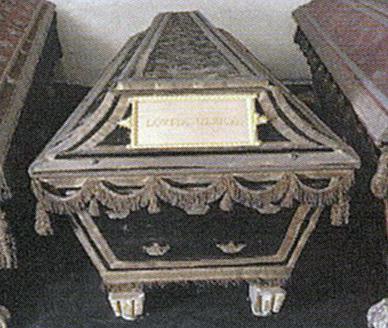Bio by: Benny Chordt Hansen
Family Members
-
![]()
Friedrich Ludwig von Hohenzollern
1707–1708
-
![]()
Wilhelmine von Preussen
1709–1758
-
![]()
Friedrich Wilhelm von Preussen
1710–1711
-
![]()
Frederick the Great
1712–1786
-
Charlotte Albertine von Preussen
1713–1714
-
![]()
Friederike Louise von Preussen
1714–1784
-
![]()
Philippine Charlotte von Preussen
1716–1801
-
Ludwig Karl Wilhelm von Preussen
1717–1719
-
![]()
Sophie Dorothea Marie von Preussen
1719–1765
-
![]()
August Wilhelm von Preussen
1722–1758
-
![]()
Anna Amalie von Preussen
1723–1787
-
![]()
Friedrich Heinrich Ludwig Von Preussen
1726–1802
-
![]()
August Ferdinand von Preussen
1730–1813
Advertisement
See more Louise Ulrica memorials in:
Records on Ancestry
Sponsored by Ancestry
Advertisement





















